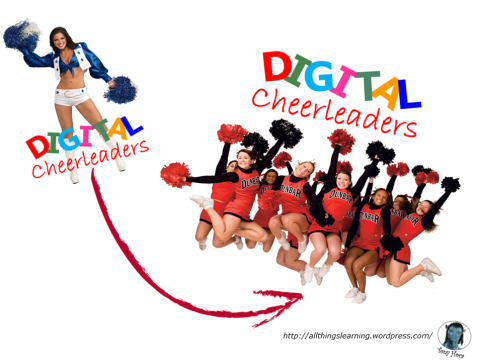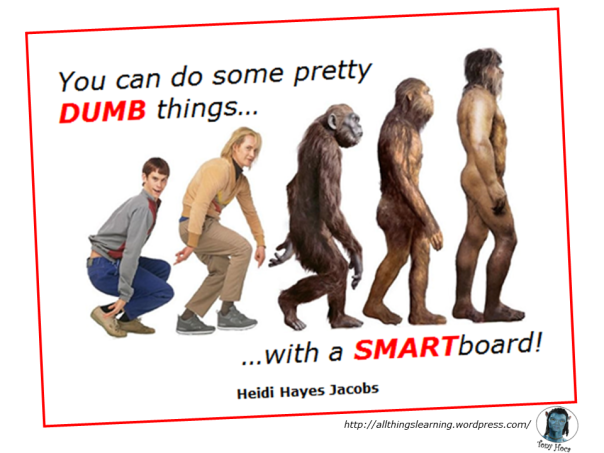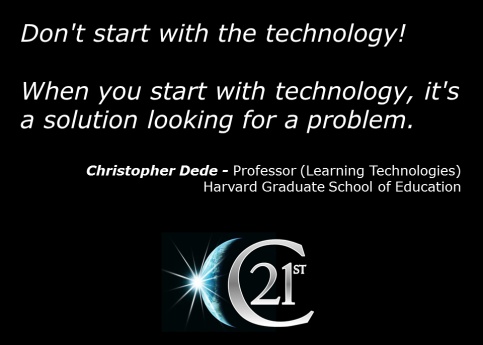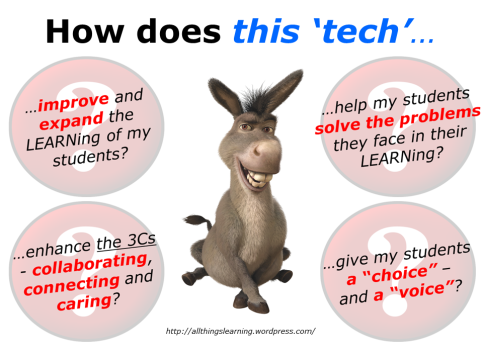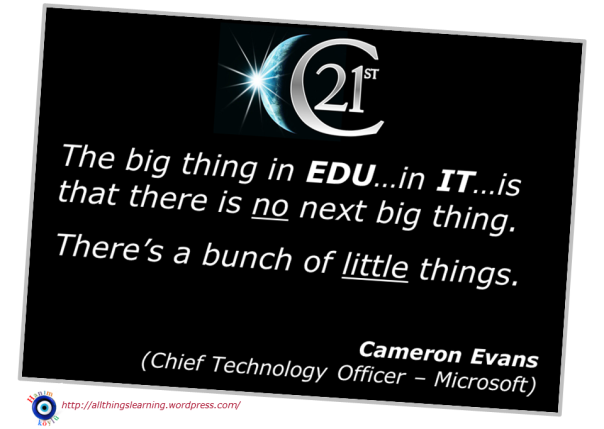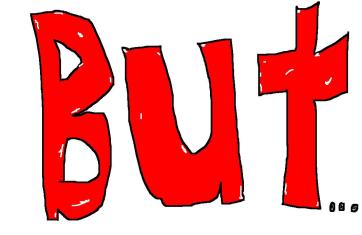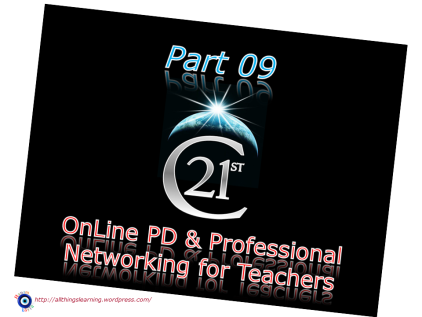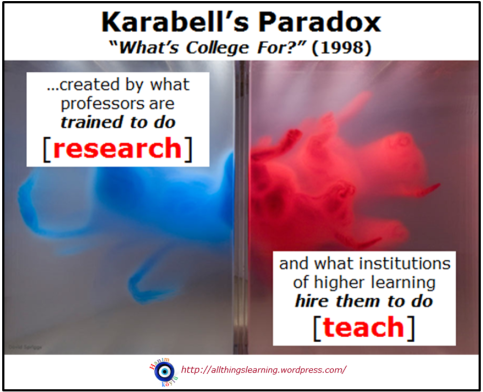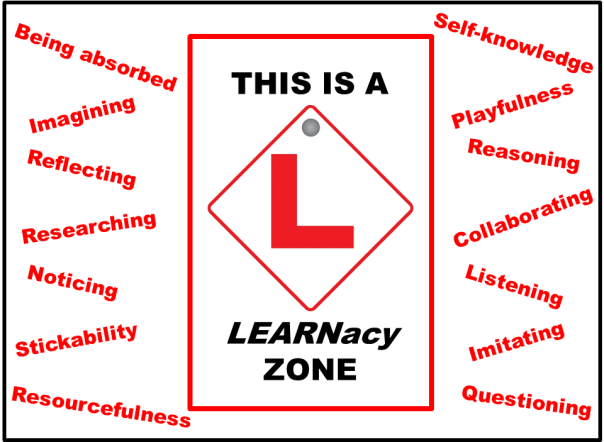8
I have been heard to say that you can’t throw a rock into the blogosphere these days without hitting a post or article on the 21st Century “something-or-other”.
Love it or hate it – the notion of 21st Century Skills is one of those HOT topics these days – especially in Turkey. Sadly, however, the discussions on EDtech here seem to be dominated by some very strange creatures…you know them as:
…IDIOTS, mostly!
8
The real problem is:
8
IDIOTS that are breeding like bloody rabbits…on steroids!
8
IDIOTS that (still) do not link the 21C concept to real LEARNing – choosing instead to focus on what seems to be both the engine and the fuel of the 21st Century…..
8
Don’t get me wrong…I’m not some kind of EDtech luddite who wants to put a stop to the so-called tablet and akıllı tahta dönemi we are currently witnessing in Turkey.
Turkey is my adopted home, I am a “milli enişte” and I am amazingly proud that I helped co-create one of Turkey’s first “digital natives” (and also one of the toughest and most beautiful, too – ask me about the “Türk kızı” who took down men twice her size on the Turkish TV version of “Wipe-Out”).
8
I am a “daddy”, too!
A very proud one….
8
8
But, my business is LEARNing (as if you didn’t know) – not TECHnology. And, I’m interested in how we actually “do” something with all the talk-we-are-talking these days – talk about the new kids on the curriculum block:
- INDEPENDENT, CRITICAL and CREATIVE THINKING
- PROBLEM-SOLVING and CREATIVITY
- COMMUNICATION, COLLABORATION and SHARING
- COGNITIVE and EMOTIONAL INTELLIGENCE
- ETHICS, ACTION and ACCOUNTABILITY
- LEADERSHIP, AGILITY and ENTREPRENEURIALISM
- CURIOSITY, EXPERIMENTATION and RISK-TAKING
- SELF-DISCIPLINE, RIGOUR and REFLECTION
8
We know here in Turkey (not that different to the rest of the world…really) that we still have major challenges with:
- ORAL and WRITTEN COMMUNICATION (the 3R’s in TURKISH) – of course!
- ENGLISH LANGUAGE (the 3R’s in ELL)
8
But, the TECH (and the so-called “new digital landscape”) still gets many more column inches and pixels than student LEARNing.
8
Our raging debate, a debate that others in the US and Europe have picked up, centres on Turkey’s plans to purchase 15,000,000 tablets over the next few years (as part of the Fatih Project) – and has international and domestic commentators really talking:
8
Actually, I’m not sure if we should be talking about the tablets (the PM was today…again and again and again) – we should be discussing the skills the tablets are supposed to be ushering into Turkish schools.
…and, the impact of these skills on TEACHers.
8
In an earlier post, I discussed how these 21st Century realities are creating a new set of roles for TEACHers:
However, discussion on how these roles translate into a new evolving set of teacher skills, literacies and fluencies has been (very) limited – especially, in Turkey.
8
Isn’t it time we started to ask some REAL questions:
- What skills do TEACHers (in Turkey) need as we continue our march into the 21st Century?
- How many of these skills actually relate to how we deploy and use TECHNOLOGY?
- How many of them relate to effective LEARNing and TEACHing?
- What do TEACHers actually think themselves – and what do their LEARNers think?
- How effectively is TEACHer (and LEARNer) LEARNing being promoted and supported (in Turkey)?
- What else needs to change to make the 21st Century “wishlist” a reality?
8
Hey, maybe we can even start asking some of the most basic questions.
Questions like:
8
I’d love to see some fresh ideas and comments.
If not (and you are a lover of “bedtime reading”) – here’s a little list of some resources on allthings21Cskills:
8
Tony’s 21st CENTURY LEARNing Library
8


